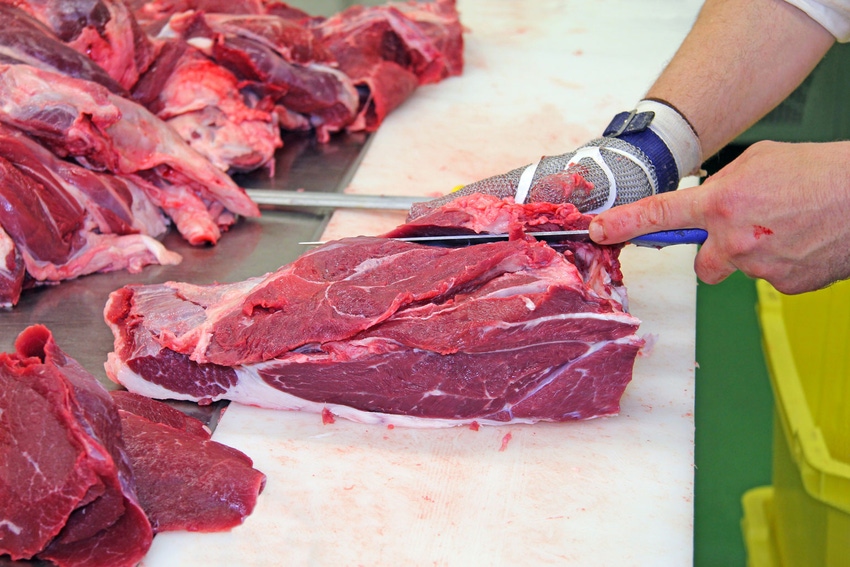Meatpackers have avoided closures with omicron but food inflation is rampant and slowing output will only exacerbate increasing prices.

By Michael Hirtzer
U.S. beef prices jumped to the highest levels since November, threatening to worsen already raging food inflation.
Production has slowed as the omicron virus variant sickens workers. Beef output last week fell 5.3% from a year ago, and wholesale prices on Monday climbed by 1.3%, the most since August, according to the U.S. Department of Agriculture.
Meat prices are in focus because slaughterhouses were at the center of outbreaks during Covid-19’s initial spread in 2020. Several of North America’s biggest facilities shut down, which sent prices soaring. While meatpackers so far have avoided similar closures with omicron, food inflation is rampant and slowing output will only exacerbate increasing prices.
Related: Omicron’s spread means more food outages at U.S. grocery stores
“The beef market is finding some strength because you’re having trouble with absentee workers,” Don Roose, president of U.S. Commodities Inc. in West Des Moines, Iowa, said by phone.
Cargill Inc., a top beef packer and the largest closely held U.S. company, said it was seeing rising cases at its plants, which are nevertheless still operating.
Recently absenteeism at some U.S. plants was roughly 8%, up from 4-5% normally, according to Mark Lauritsen, vice president of meatpacking at the United Food and Commercial Workers Union that represents thousands of plant employees. “Meat plants don’t tend to be as bad as the general population,” Lauritsen said, adding that high vaccination rates among meat workers has kept absenteeism relatively in check.
--With assistance from Jen Skerritt.
© 2022 Bloomberg L.P.
About the Author(s)
You May Also Like



